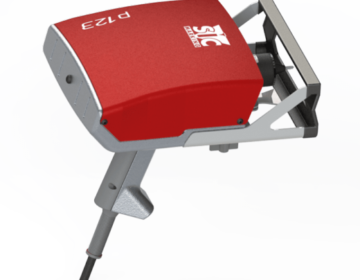
[vc_row css=”.vc_custom_1455531352097{margin-bottom: 15px !important;}”][vc_column][vc_column_text]If you’re deep into gardening and self-sufficiency, sooner or later you’ll want to try growing wheat. Among other benefits, it allows you to get away from the commercial process that grows a perfectly good grain, then scrapes off the bran, peels out the germ, bleaches the flour, and sells all those things back to you separately.
If you try, you will discover wheat is easy to grow almost anywhere in the United States, even as a wide-row crop in your garden. One gardener in Vermont attests to having planted 30 pounds of winter wheat on one-eighth of an acre and harvesting 250 pounds of grain in July. On a somewhat smaller scale, even if you have a front yard that’s 20 feet by 50 feet, you could plant 6 pounds of wheat and harvest nearly 50 pounds of grain.
Before you enthusiastically plan to put in enough wheat to make all your bread for the next year, start with a small trial area the first year. This test run will allow you to learn how the grain behaves, what its cultivation problems are, how long it takes you to handle it, how it’s affected by varying climate conditions, and more.
Different Types of Wheat
After you’ve decided how much wheat to plant, you’ll need to decide which type to plant. It’s easy to get confused about types of wheat. Winter wheat is planted in the fall and harvested from mid-May in the South to late July in the North. Spring wheat is planted in the spring and harvested in the fall. Both spring and winter wheat are further divided into soft wheat (lacking a high gluten content and used primarily for pastries and crackers), hard wheat (with a high gluten content and used for breads), and durum wheat (used for pasta). The variety you select will depend on where you live. Check with your local cooperative extension agent to learn which varieties are best for your region. (To find sources for small quantities of wheat seeds, try our Seed and Plant Finder, or check with your local farm stores.)
Planting Wheat
Plant winter wheat in fall to allow for six to eight weeks of growth before the soil freezes. This allows time for good root development. If the wheat is planted too early, it may smother itself the following spring and it could be vulnerable to some late-summer insects that won’t be an issue in the cooler fall weather. If winter wheat is planted too late, it will not overwinter well.
Spring wheat should be planted as early as the ground can be worked in spring. Do the initial plowing in the fall, then till and sow in the spring. To ensure an evenly distributed crop, figure out the amount of seed you’ll need, divide it into two piles, and broadcast one part in one direction, such as from east to west. Then broadcast the remainder from north to south. A cyclone crank seeder will do an even job, but broadcasting by hand is fine for a small plot. You also can plant it in rows like other crops.[/vc_column_text][/vc_column][/vc_row][vc_row][vc_column width=”1/2″][vc_column_text]Before you enthusiastically plan to put in enough wheat to make all your bread for the next year, start with a small trial area the first year. This test run will allow you to learn how the grain behaves, what its cultivation problems are, how long it takes you to handle it, how it’s affected by varying climate conditions, and more.
Plant winter wheat in fall to allow for six to eight weeks of growth before the soil freezes. This allows time for good root development. If the wheat is planted too early, it may smother itself the following spring and it could be vulnerable to some late-summer insects that won’t be an issue in the cooler weather.[/vc_column_text][/vc_column][vc_column width=”1/2″][vc_column_text] [/vc_column_text][/vc_column][/vc_row]
[/vc_column_text][/vc_column][/vc_row]





